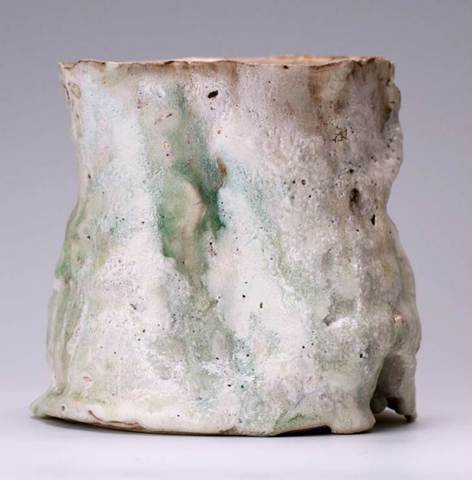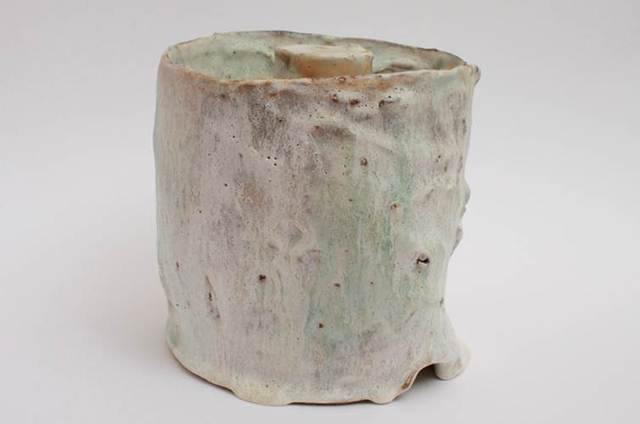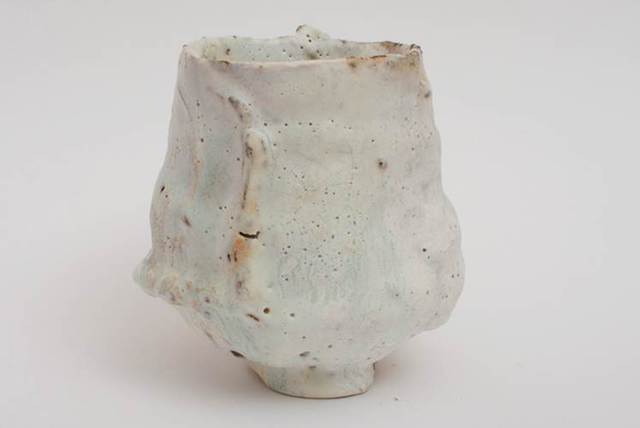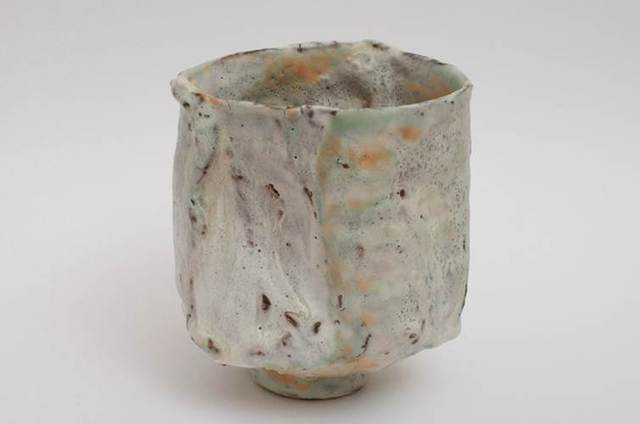This exhibition, instigated by the Japanese Embassy, offered a snapshot of the relationship between contemporary crafts in Japan and the UK. I was invited to exhibit because my work engages with the notion of influence and the dialogue between the Far East and my own cultural background.
My aim was to present a body of work whose context provokes debate on interpretation not replication. Common to both East and West within the Crafts is the notion of ceremony. My work takes this theme as a context: using religious and ceremonial ideas and objects stemming from a western Christian root, it examines the importance that might be placed on specific objects and their symbolic meanings. These are familiar ideas to the Japanese too.
I worked with the ideas of spirituality, reincarnation, preservation and memorial, choosing the lidded urn as an object to carry these functions. The urn, as opposed to a jar, carries more reverence. Such objects provide a wealth of historical reference in both cultures. Issues surrounding accessibility to the internal space of the urn were explored. Once contents, whether physical or metaphorical, were placed inside access was deliberately inhibitive. This served to expand the idea of the sacred. Unlike the ornate impression such objects may initially conjure, I worked on stone-like surfaces to imbue the urns with a fluid natural feel. The intention was present them in a deliberate contrived setting to explore the wabi-sabi aspect to placement.
For most of the 20th century, techniques provided the core of East–West exchange. Currently there is more focus on the ideas behind objects. Studio potters in the West, myself included, are beginning to find a closer identity with their own ceramic heritage.
The exhibition catalyzed my collaboration with Japanese potter Risa Ohgi. The embassy supports this ongoing project.






